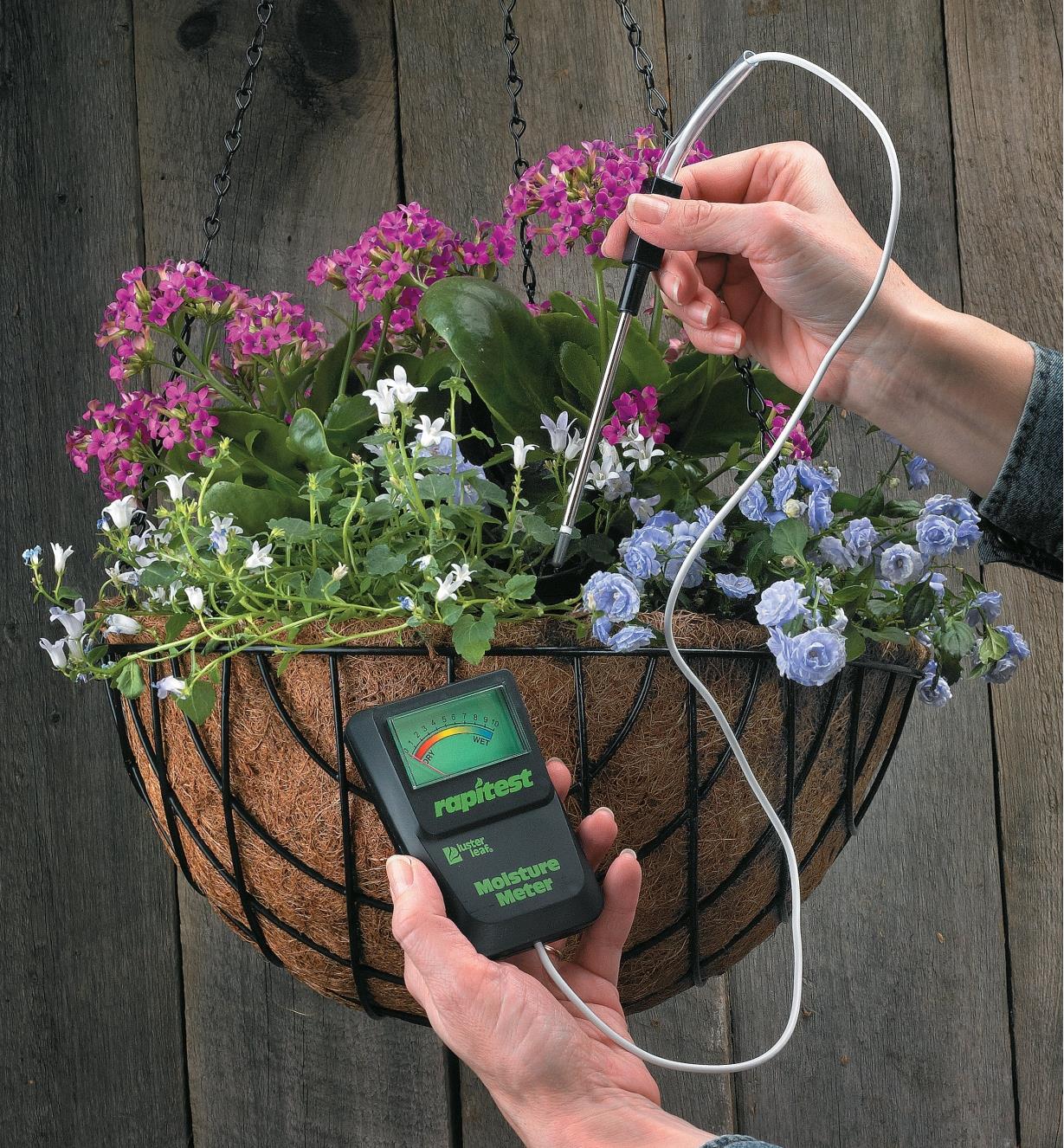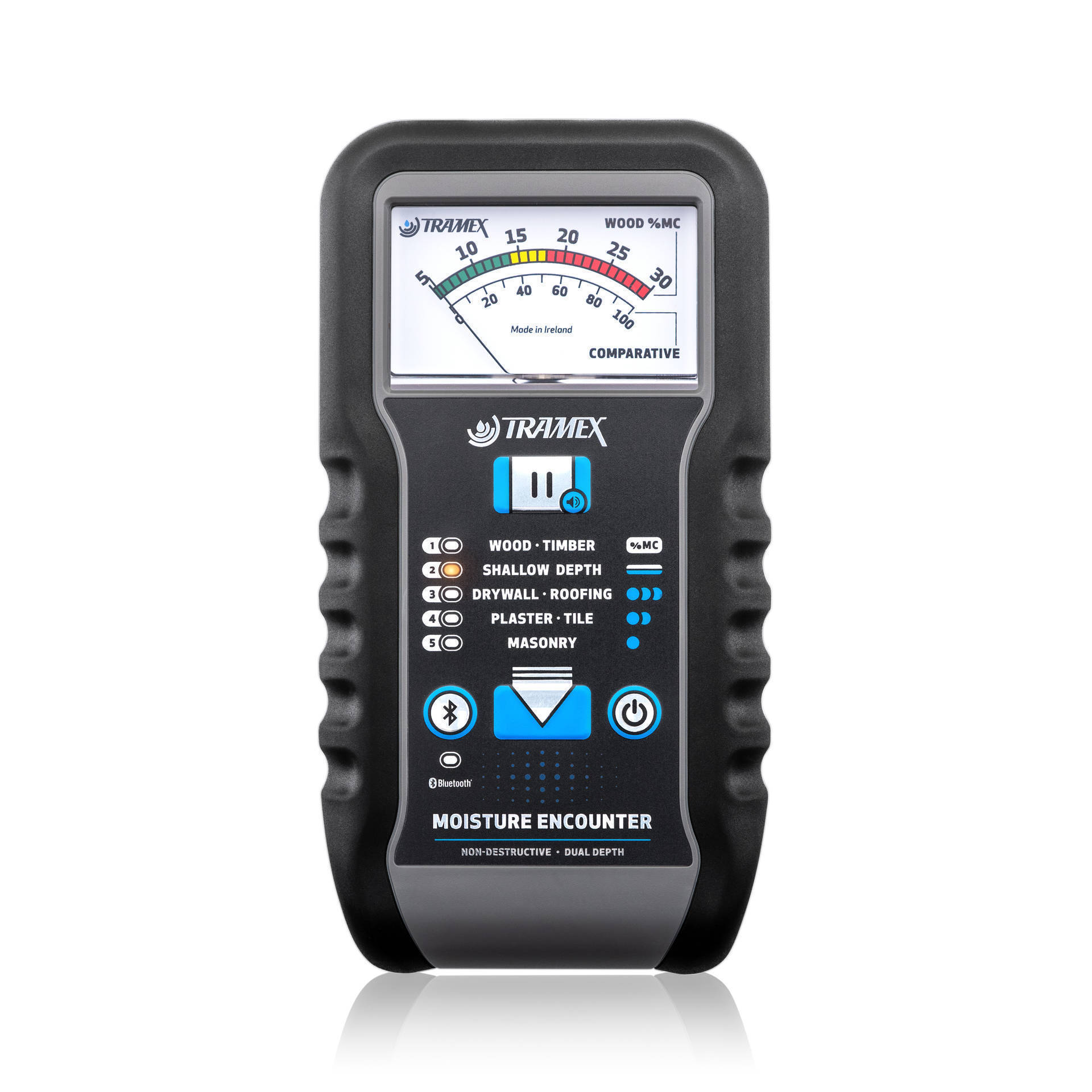The Scientific Research Behind Moisture Meters: Exactly How They Work and Why They're Crucial
The Scientific Research Behind Moisture Meters: Exactly How They Work and Why They're Crucial
Blog Article
Understanding the Value of a Moisture Meter in Protecting Against Mold and Water Damage in Your Home
In the realm of home maintenance, the existence of dampness can commonly be a quiet yet formidable enemy, capable of causing prevalent mold and mildew growth and insidious water damage if left uncontrolled. Understanding the importance of a wetness meter in this fight is not just an option but a tactical requirement.
Importance of Moisture Detection
Efficient moisture detection approaches are crucial for protecting buildings and stopping potential mold and mildew growth and water damages. Dampness can permeate right into various building products, bring about architectural concerns and carcinogen. By making use of a dampness meter, residential property proprietors can proactively recognize areas prone to excess wetness, permitting prompt intervention and mitigation approaches.
Moisture meters provide precise readings of dampness levels in different materials such as timber, concrete, and drywall. This data helps in identifying areas of concern, also in concealed or hard-to-reach locations. Early discovery of wetness accumulation makes it possible for punctual fixings or adjustments to avoid more damages.

How Moisture Meters Job
Dampness meters play a pivotal role in the positive identification of excess dampness, assisting in the avoidance of potential mold and mildew growth and water damages by giving accurate analyses of dampness degrees in numerous structure products. Some progressed dampness meters pin both combine and pinless technologies for extensive moisture detection. Comprehending exactly how moisture meters feature is necessary for exact and timely moisture degree assessments, enabling reliable preventative procedures versus mold and mildew and water damage.
Detecting Early Warning Indicators
Upon preliminary inspection of a residential property, recognizing subtle indicators of excess moisture ends up being critical in the early discovery of prospective mold and mildew development and water damages. Water stains can signify leakages or infiltration, while peeling paint or wallpaper may be a result of dampness endangering the adhesion of these materials to the surface. Additionally, a rise in allergic reaction symptoms or respiratory issues among passengers might recommend the visibility of mold and mildew due to excess dampness.
Avoiding Mold Growth
Recognizing early indication of excess dampness within a property not just makes it possible for punctual detection of potential mold and mildew development and water damages but also acts as a positive procedure in avoiding the proliferation of mold and mildew. To properly prevent mold growth, it is critical to attend to any type of resources of dampness immediately. This can include dealing with leakages in roof coverings, windows, or pipelines, guaranteeing proper find more info air flow in damp locations like kitchens and washrooms, and using dehumidifiers in high-humidity rooms. Frequently inspecting and keeping the residential property's pipes, roof, and rain gutters can also assist in preventing water invasion that Visit Your URL can result in mold development.
In enhancement to resolving moisture resources, keeping indoor humidity degrees listed below 60% can significantly inhibit mold growth. Appropriate ventilation, appropriate insulation, and making use of ac system or fans can assist manage interior humidity levels. Checking dampness degrees in locations susceptible to dampness, such as cellars and crawl areas, using a moisture meter can likewise assist in early detection of raised dampness levels and prospective mold growth. By taking aggressive actions to prevent excess moisture and mold development, house owners can safeguard their home and indoor air quality.
Advantages of Regular Surveillance
Routine tracking of dampness levels in a building can play an important function in keeping a healthy and balanced indoor atmosphere and avoiding prospective mold and water damages. By regularly checking moisture levels, homeowners can discover any kind of concerns without delay and take essential activities to prevent mold growth and water damage.
Moreover, regular monitoring enables property owners to track patterns and patterns in moisture levels over time. By establishing a baseline and surveillance adjustments, people can determine any kind of locations of worry or prospective vulnerabilities in the residential property's framework. This data-driven approach makes it possible for targeted treatments and maintenance initiatives to address underlying issues prior to they rise into more significant problems. Inevitably, the regular tracking of dampness levels encourages homeowners to protect their residential or commercial property, protect their health and wellness, and preserve the honesty of their indoor setting.

Conclusion

By making use of a dampness meter, residential property owners can proactively determine locations susceptible to excess moisture, allowing for prompt treatment and reduction techniques.

Keeping an eye on dampness degrees in locations prone to moisture, such as cellars and crawl spaces, using a wetness meter can likewise aid in early discovery of raised dampness degrees and possible mold and mildew development. (Moisture Meter)
Report this page